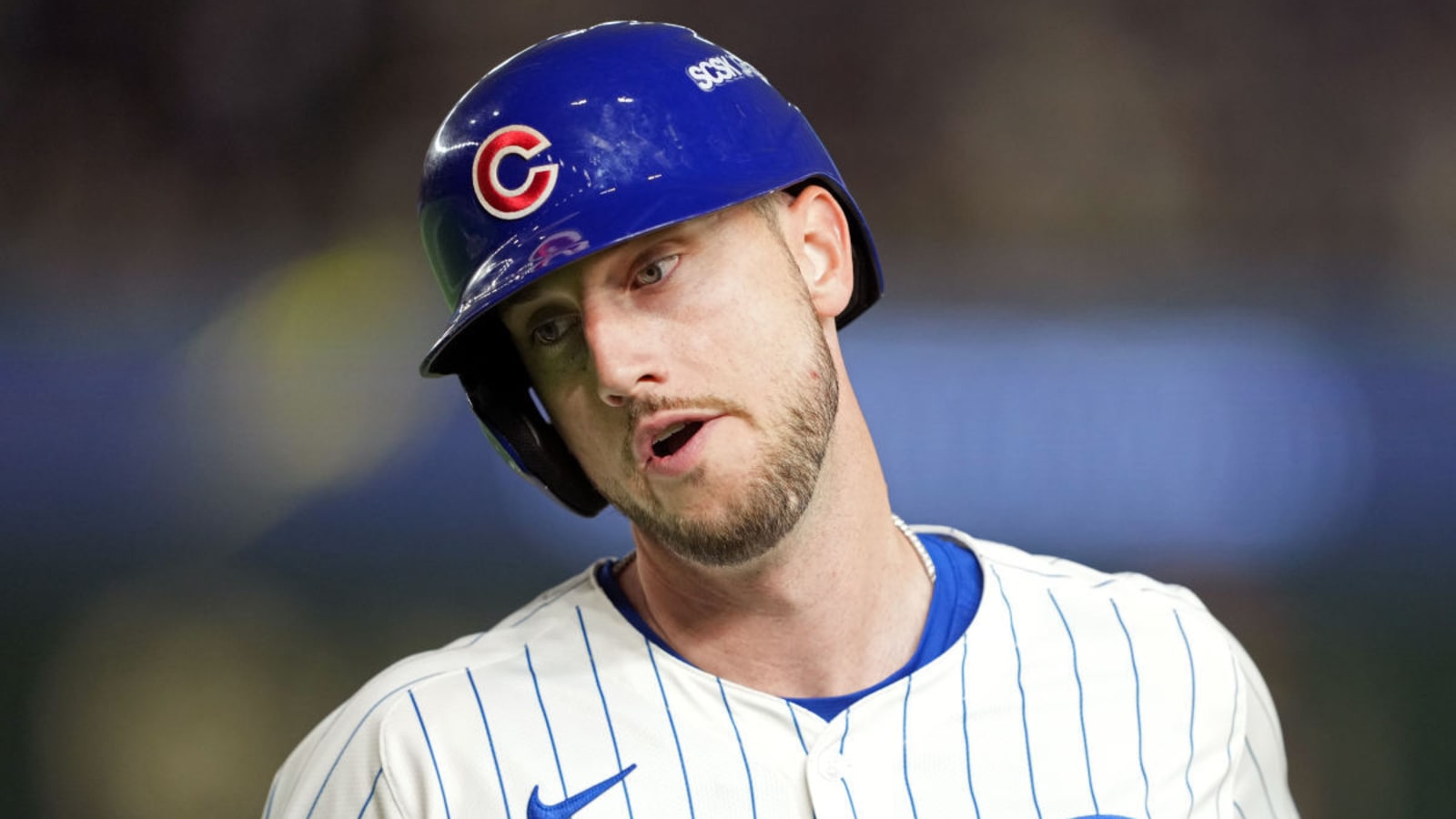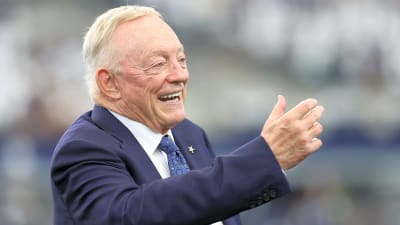
This winter could be the last time we see this mechanism under the current collective bargaining agreement. For the 2025-26 period, the projected number is $22.025 million for a one-year contract. Teams have five days after the World Series to extend those offers to eligible players—first-timers who were not traded in-season—and players have until 4 p.m. ET on November 18 to accept or decline.
Easy calls
These are stars who either bank the one-year payday or, more likely, bet on the open market. Chicago Cubs outfielder Kyle Tucker is a no-brainer and almost certainly declines. Houston Astros starter Framber Valdez, Philadelphia Phillies starter Ranger Suarez, San Diego Padres starter Dylan Cease, Toronto Blue Jays shortstop Bo Bichette and Phillies slugger Kyle Schwarber belong in the same bucket. Clubs would happily pay around $22 million for a year of any of them. The more realistic play is securing a compensation pick when those players walk.

On the fence
This is where options and health introduce risk. Shota Imanaga could land an offer if the Chicago Cubs do not exercise their multi-year option; he projects well enough that a one-year bet makes strategic sense. Jack Flaherty’s path depends on his player option. Edwin Diaz’s situation hinges on opt-out mechanics and the club’s appetite for short-term cost versus bullpen flexibility. All three make sense on paper, but the risk of acceptance and contract language make executives twitch.
Long shots
These are useful players whose clubs might prefer flexibility to a one-year splurge, even if they would love to capture value when the player moves on. Detroit Tigers second baseman Gleyber Torres, Boston Red Sox starter Lucas Giolito, and New York Yankees reliever Devin Williams fit here. Role volatility, innings history, or recent performance dips create just enough uncertainty to prompt teams to spread their dollars and preserve maneuverability.
The champagne smell isn’t gone yet at Rogers Centre, but the clock already is. The 2025 season ended with Game 7; within days, the business of 2026 begins. Free agency opens the moment the World Series ends, the trade freeze from July 31 lifts, and front offices pivot to contract options and one-year offers that can shape the early market.
Setting the Tone for 2026
These choices set the first dominoes of the winter. If Tucker, Schwarber, and the other headliners decline, they immediately define lanes for outfield, rotation, and power-bat bidding. If one of the on-the-fence names accepts, that removes a premium arm or late-inning piece from the market and forces contenders to pivot into trades sooner. And if this is the final winter under the current rules, teams and agents will game out long-term implications as much as the sticker price.
The bottom line is simple. The celebration is barely over, and the clock is already moving. By Thursday, we’ll know which stars took the one-year payday, which ones jumped into free agency, and which front offices just changed their entire offseason plan.
More must-reads:
- The Bo Bichette-Vladimir Guerrero Jr. era in Toronto shouldn't end just yet
- Dodgers' Miguel Rojas is this generation's Hal Smith
- The 'World Series single-game K leaders' quiz
Breaking News
Trending News
Customize Your Newsletter
 +
+
Get the latest news and rumors, customized to your favorite sports and teams. Emailed daily. Always free!








